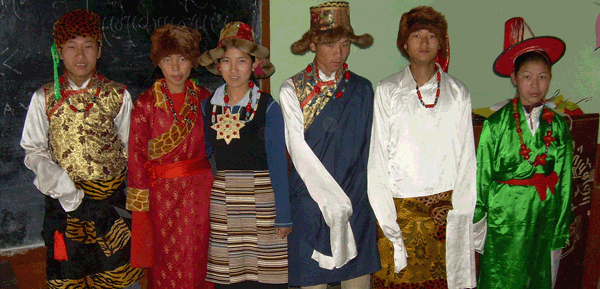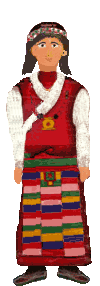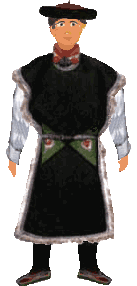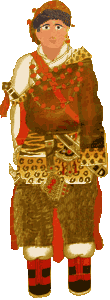
Tibetan dress reflects the history, culture, beliefs, character and wealth of the local people. Tibet's isolated environment has allowed Tibetan clothing to evolve into a variety of distinctive and characteristic styles. There are marked variances in the clothing of different localities, influenced by the different strands of their religion.
Tibetan clothing consists mainly of a Tibetan robe and shirt. The Tibetan robe is broad, and appears longer on the left than on the right, as it is often fastened under the right armpit. Robes are also secured with two cloth belts in red, blue, or green.
In most areas the traditional dress for both men and women consists of the chuba, a long wrap-around cloth tied at the waist, with men tending to wear a shorter chuba with pantaloons. There are many distinctive variations in how the chuba is worn, each indicating the wearer's area or a particular symbolic significance.
The apron is one of the favorite items of clothing for Tibetan women. According to Tibetan custom, they are the privileged garments for married women only; single girls do not generally wear them. Gonggar County in the Jiedexiu area of Shannan Prefecture is synonymous with aprons, having produced them for 500 or 600 years.
The Kham region
The traditional robe in the Kham region is made of yack skin lined with fur. Men and women wear black velvet and leather boots. Women wear a conical fur hat lined with fur and sawn with red silk thread, while men wear wear a hat made of wolf skin.
Throughout Kham, numerous women wear gold and turquoise head pieces atop long braids woven around their heads. Along with this Tibetan head wear, older women often sport traditional Tibetan robes. Younger girls, however, wear such robes only on special occasions.
The Ü-Tsang region
Ü-tsang men wear a high collar shirt under a tunic that go below the knees. They wear round hats and shoes made of yak skin. Women wear a long shirt under a long sleeveless dress and multicoloured shoes. They also wear a head scarf embroidered with pearls, turquoise, and coral and turquoise earrings.
The Amdo Region
In the Amdo region, both men and women wear a long tunic with sleeves lined with leopard skin. They wear boots made of yak skin, black for men and white for women. Both gender wear turquoise necklaces and earrings. Amdo men wear this ceremonial dress during festival days such as Losar -- the Tibetan New Year -- or on special occasions such as Sagadawa--the celebration of the Buddha's enlightenment.
The Dropka region
The weather in northern Tibet, where herdsmen lead a nomadic life in natural mountain pastures, is bitterly cold. As there is a huge disparity between day and night time temperatures, local herdsmen wear a furred robe all year round, which doubles as a quilt at night. In daytime, people wear their left sleeve only, or sometimes wear neither, and tying the two sleeves at the waist. Today, the fashion of wearing only the left sleeve, while exposing the right shoulder, is immediately recognizable as Tibetan dress style.
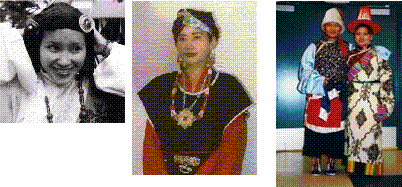
For an overview of Tibetan traditional dress, visit:
http://www.tanc.org/tibetan_dress/dress_small.html or http://chinayak.com/tibet/Html/200651151118-1.Html http://tibet.solidarites.info/habillement.phphttp://www.rokpauk.org/tibcultureheritage.htmlhttp://zt.tibet.cn/english/zt/xz_arts/200402004520160541.htmhttp://www.pacificvillage.org/villagevoices/tibetchinaopen05/archives/000972.html)





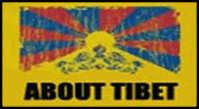





Web designed and developed by: Tenzin Sherab (Longsho leader) with funding from National Endownment for Democracy (NED)
